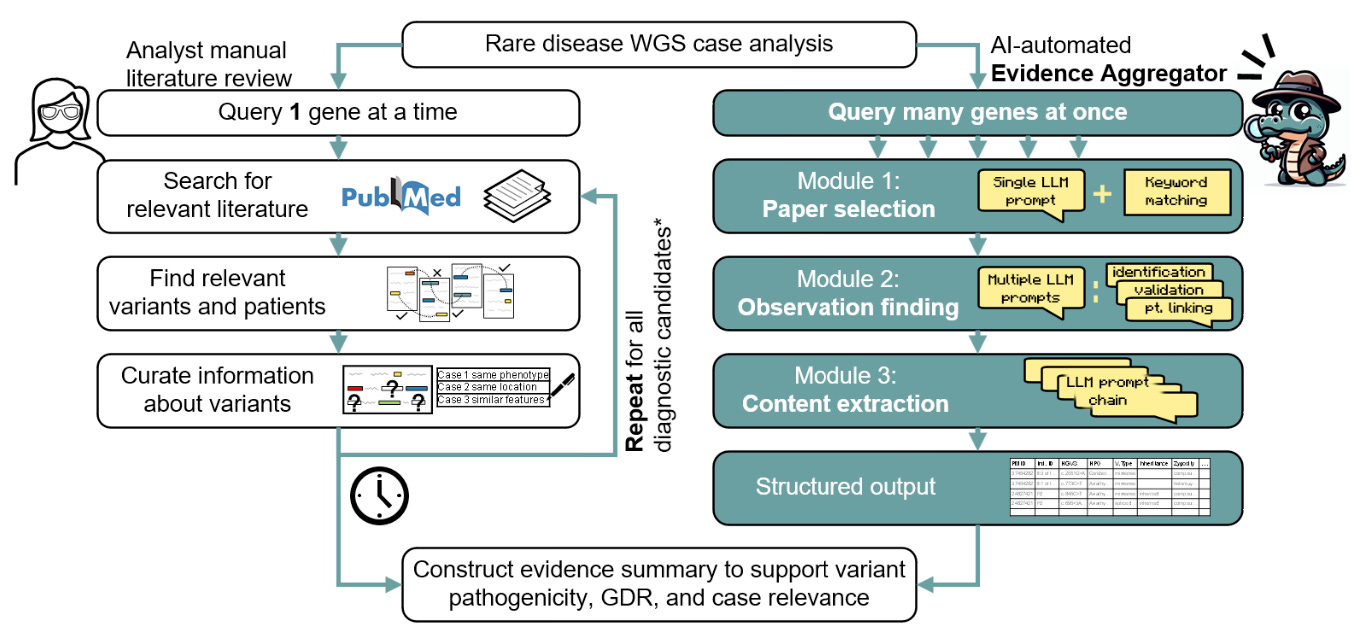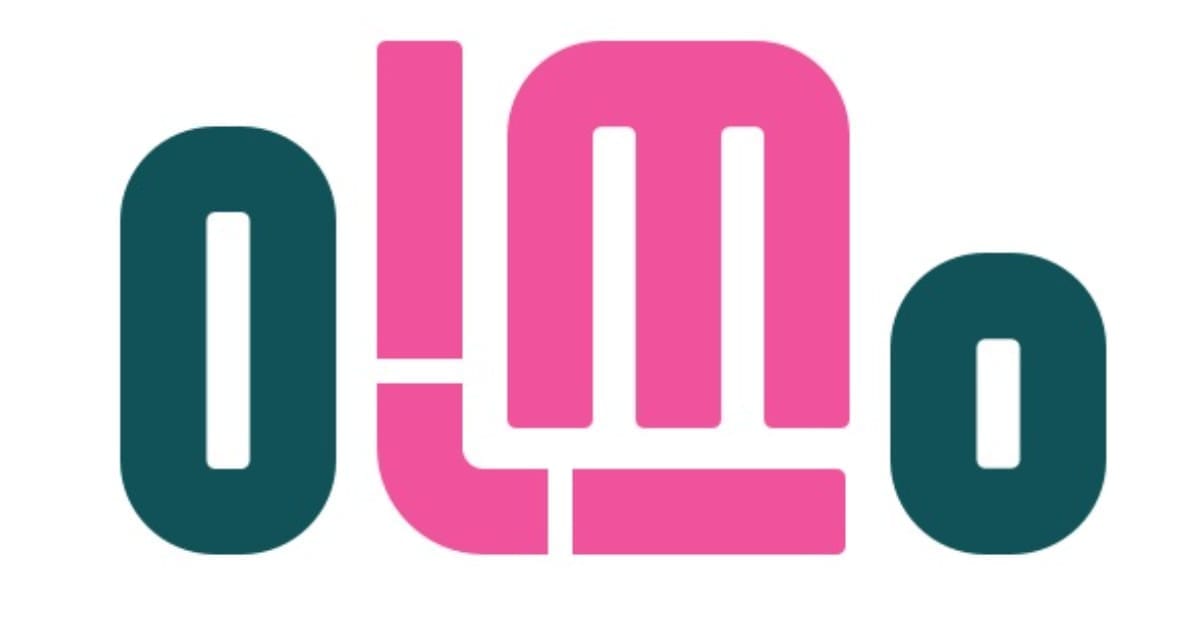Everybody[1] knows that in the early years of the 20th Century, the Carnegie Museum in Pittsburgh sent casts of its iconic Diplodocus around the world. Ten casts, in fact: to London, Berlin, Paris, Vienna, Bologna, St. Petersburg, La Plata, Madrid, Mexico City and Munich.
Rogue Scholar Beiträge

This week’s recap highlights compendium of human gene functions derived from evolutionary modelling from the Gene Ontology Consortium, an AI reasoning model applied to rare disease diagnosis, an agentic AI for scRNA-seq data exploration, and applying FAIR principles to scientific workflows.

Aiming to spot some Open Access trends in scholarly publishing 2015–2024, on May 13, I retrieved publication volume data—specifically article-level outputs, excluding other document types—from OpenAlex, focusing on Open Access (OA) publishing trends and their respective modalities. Here, I share a brief overview of the results.

Deadline 10 July 2025. Registration is open.

1 Overview OLMo 2 1B is a new generation of open-source language models launched by the Allen Institute for AI, with a parameter scale of about 1 billion. It provides excellent natural language understanding and generation capabilities while maintaining a small size, and is suitable for a variety of downstream tasks.
What are the Europe PMC content sources?
Ser parte del programa de Campeones y Campeonas de rOpenSci ha sido una experiencia de crecimiento profesional y una oportunidad para contribuir a la comunidad . Aprendí sobre el desarrollo de paquetes en R mientras trabajaba en una herramienta para facilitar el acceso a datos censales de Argentina.
Ensure your scholarly-record is future proof — in this post learn what preservation means for various stakeholders and join us to learn about the PKP Preservation Network in a free webinar on May 20th, 8 AM PDT. Promotion of this event started during Preservation Week.
In early 2023, CWTS introduced a new organisational structure of so-called focal areas to address the challenges outlined in its knowledge agenda. As discussed in a previous post, the knowledge agenda is not another research agenda, but rather combines research and intervention around the mission of CWTS to better understand how research is practiced and governed, and how it serves society. The focal area Evaluation &
By Matt Boyd (Adapt Research Ltd & Islands for the Future of Humanity) (15 min read) TLDR/Summary Introduction In 1983 US President Ronald Reagan viewed two commercial films that influenced his thinking and subsequent US policy on nuclear weapons. The films were The Day After and WarGames. After watching WarGames, in which a computer hacker … Continue reading "Fictional Catastrophes, Reel Lessons: What 12 Critically Acclaimed Films Reveal About Surviving Global Catastrophes"

Points to ponder